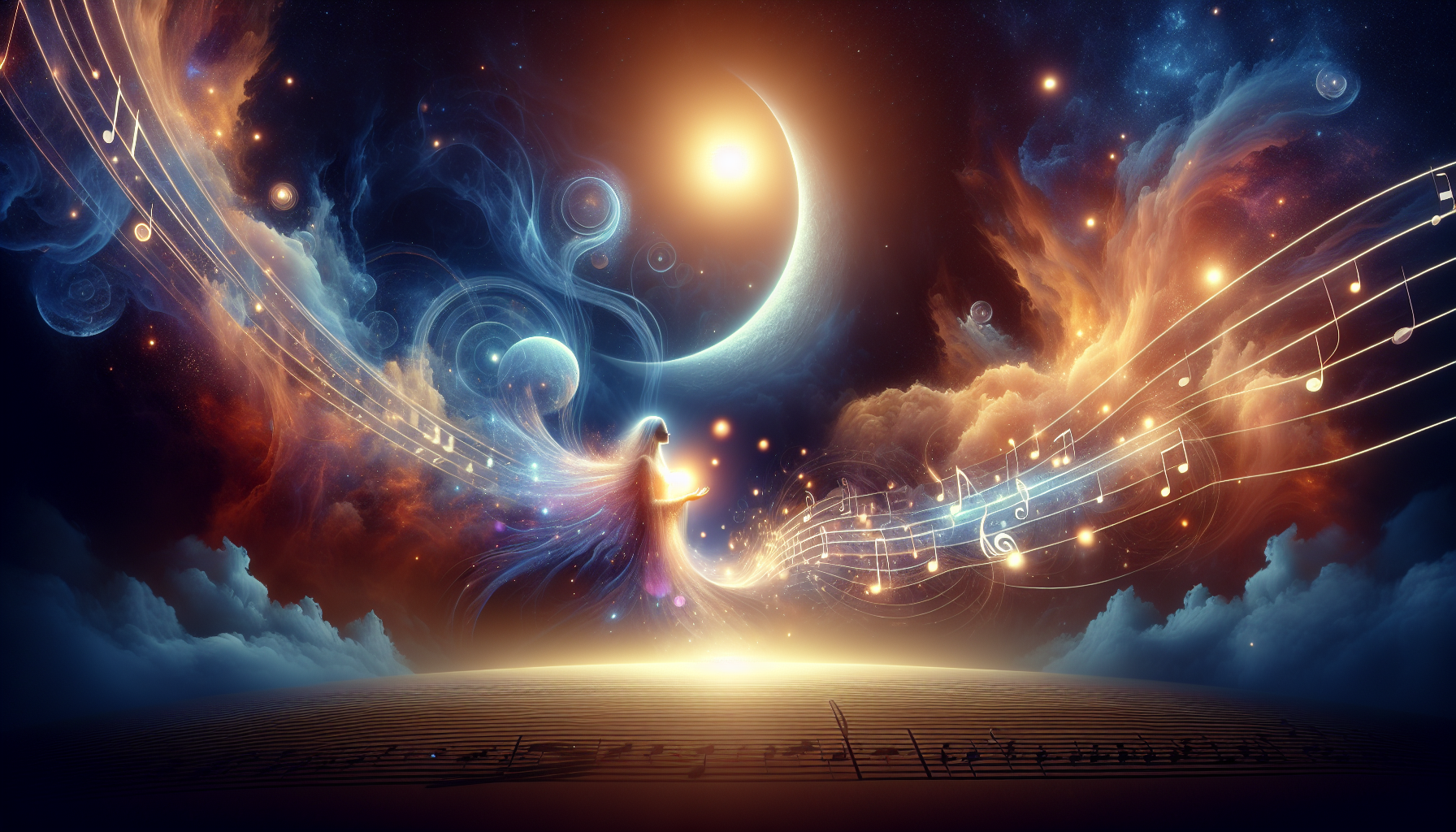Claude Debussy’s “Clair de Lune” is one of the most celebrated pieces in the classical music repertoire. Its ethereal beauty and emotional depth have captivated audiences for generations, making it a staple in concert halls, films, and personal listening collections worldwide. Named after the French term for “moonlight,” the piece evokes an imagery that is intimately tied to the celestial and the divine, providing listeners with a transcendental experience.
Written as the third movement of his Suite Bergamasque, Debussy’s “Clair de Lune” stands out as a quintessential piece of Impressionist music. The movement, with its fluid dynamics and dreamlike quality, epitomizes the essence of Impressionism, a movement Debussy was not particularly fond of being associated with. As Debussy reportedly stated about art and music, “I want music to be free from all worldly associations, as mysterious as the reflection of a moonbeam on a cloud. Let it be also free, full of life – nothing sacred!”
The Celestial Imagery
“Clair de Lune” opens with gentle, undulating chords that resemble the shimmering reflection of moonlight on water. This introduction sets the stage for what many interpret as an audible representation of light’s descent from the heavens, touching the earth with quiet grace.
As Oxford Music Online describes it, the piece uses tonal color and dynamic contrasts to evoke “a poetic musical tapestry, capturing the essence of the moon’s romantic allure.”
- The use of parallel fifths and octaves invokes a sense of openness, replicating the expansive, unbounded quality of the night sky under a luminous moon.
- The poignant melody that gently unfolds speaks to the intimacy and introspection that moonlit nights often inspire.
- Shifts in tempo and dynamic range throughout the piece create a sensation of time itself slowing down, allowing listeners to revel in the momentary beauty of moonlight.
Bridging the Divine and the Terrestrial
Much of the divine quality of “Clair de Lune” comes from its ability to bridge the celestial with the terrestrial. Moonlight as a metaphor has found its way into art and literature throughout history, symbolizing enlightenment, mystery, love, and even melancholy.
The musicologist Anthony Swithinbank argues that “Debussy’s use of musical impressionism creates an ambient, mystical mood that transforms our perception of moonlight from a simple natural phenomenon into a spiritual journey or divine interaction.”
Listeners often report feeling that the piece transports them beyond the confines of their physical surroundings into a realm of sheer reflective beauty and wonder.
The Universal Appeal
While Debussy’s works are often rooted in French culture and themes, “Clair de Lune” has a universal appeal that transcends cultural barriers. Its harmonic qualities resonate with audiences worldwide, capturing emotions that are universally understood yet challenging to articulate. The simplicity yet profound depth of the piece reflects Debussy’s masterful ability to distill complex emotions into musical form.
“The most beautiful music of all is found where one least expects it, where it alone speaks,” writes The Debussy Society, encapsulating the experience of “Clair de Lune.”
From grand symphony orchestras to intimate piano recitals, “Clair de Lune” is timeless, offering something new with each listening. For some, it is a moment of peace amidst chaos; for others, it is a profound conversation between the soul and the universe.
A Lasting Legacy
More than a century after its first composition, Debussy’s “Clair de Lune” continues to inspire both musicians and composers. Countless interpretations and adaptations have emerged, each highlighting different facets of the original masterpiece.
In film and media, “Clair de Lune” often underscores scenes of introspection, love, and transformation. Its capacity to capture the subtle transitions of human emotion while remaining firmly rooted in the divine makes it a fitting accompaniment to the visual storytelling medium.
Ultimately, Debussy’s “Clair de Lune” is a piece that not only reflects the composer’s genius but also his profound understanding of our shared human experience. Its lasting legacy is a testament to its beauty and the divine light it continues to shine upon us all.
For more on Debussy’s musical contributions and their impact on Impressionism and beyond, readers can explore BBC Music.
